Do Directors Need To Work The Camera
If you've ever seen a moving picture, series, TV-show, basically annihilation to do with a motion motion-picture show, you've comes across the work of a Manager of Photography. That almost sounded similar a question.
Let me rephrase: When you plow on your favourite episode of Downton Abbey, what you run into is the work of a cinematographer. Well, and actors, screenwriters, producers, there's many. Still, today, in this commodity, the spotlight goes to…the Director of Photography.
Manager of Photography: What Is It, and What Do They Exercise? By Jasper Enujuba
Who is the Managing director of Photography, what does one do, and how to get ane? Allow's enquire the DOP – Jasper Enujuba.
Best & worst experience
396
What you lot'll learn
Don't be agape to use your instincts and intuition.
Acquire the color science and understand the textures.
Exist tech savvy, and empathise the different cameras, and lenses.
Justify the narrative and learn to exist able to communicate the narrative.
Take a good eye for aesthetics.
About this Masterclass
What is a Managing director of Photography?
A Director of Photography or cinematographer (often shortened DP or DoP), is the chief of camera, light, colouring, framing, exposure and photographic camera movement. The cinematographer is also responsible for making the artistic and technical decisions related to the image. Everything about creating a visual environment that helps the audience ameliorate apprehend the characters and the story, y'all got information technology, that's the Director of Photography's responsibility.
If nosotros become back in time, all the mode back to the dawn of creation… no wait, that's too far back, we'll settle at the time move pictures was still in its infancy. Back and then, the Director of Photography was typically the Director and the person physically handling the camera, just how the times have changed.
As technology advances are storming the castle of old schoolhouse cinematography, the Director and camera operator'due south role has separated. With the arrival of artificial lighting and faster film stocks, improved optics and more, the technical aspects of cinematography needed a specialist in that area. That's the part where nosotros welcome the Managing director of Photography.
Today, the cinematographer is in charge of the biggest crew on fix; the lite and camera crew. So, the DP is non but responsible for bringing (and potentially elevating) the Director'southward vision.
He or she volition besides exist responsible for coordinating the camera crew, making certain equipment is working, and testing special lenses and filters. The cinematographer is responsible for leading his or her team of photographers with delicence and precision.
Director of Photography vs Cinematographer: What is the difference?
Do yous know what homonyms are?
Well, to give you the short reply: Director of Photography and a cinematographer is that – they are homonyms.
The two are interchangeable and refer to the same matter: A recorder of cinema.
Still, if yous wish, there are few, and I mean a few things that yous might contend differentiate the 2. A cinematographer is an umbrella occupation; it needs to be someone who can operate and manipulate a camera to achieve the desired await and feel to a moving-picture show.
In comparison, the Manager of Photography is the overall helm figure of the moving picture. A Director of Photography is part technician, part creative person, role manager and must exist able to piece of work side-by-side with the Director to make the visual result possible.
What does a managing director of photography do?
Existence responsible for everything the audition sees on-screen (and then, everything) is a lot. A Managing director of Photography doesn't just whip out his or her camera; there'south a lot more to it.
The DoP determines how each shot should be framed, composed, lit, which photographic camera angles and movements should be used and coordinate and manage the camera and lighting coiffure. A cinematographer will also need to work together with the actors to back up them in figuring out when that big moment is and interact with departments such as production designers, wardrobe teammates to set the right visual texture.
Upwards for the challenge?
If no, start off easy past learning all the filmmaking basics.
If yes, you lot will too need to come to terms with the fact that it will virtually likely mean many early on mornings and late nights. The DoP typically arrives early, to set up up equipment and start rehearsing – I hope you accept a good coffee machine at abode or alive near a Starbucks.
Let'due south intermission the responsibilities and duties of a Director of Photography downwards, right at present.
A Director of Photography duties during Pre-Production
Fifty-fifty before the actual production of the motion picture begins, the work of a cinematographer commences. The DoP will spend many hours considering the all-time manner to interpret the script and decide the cinematic fashion and visual feel.
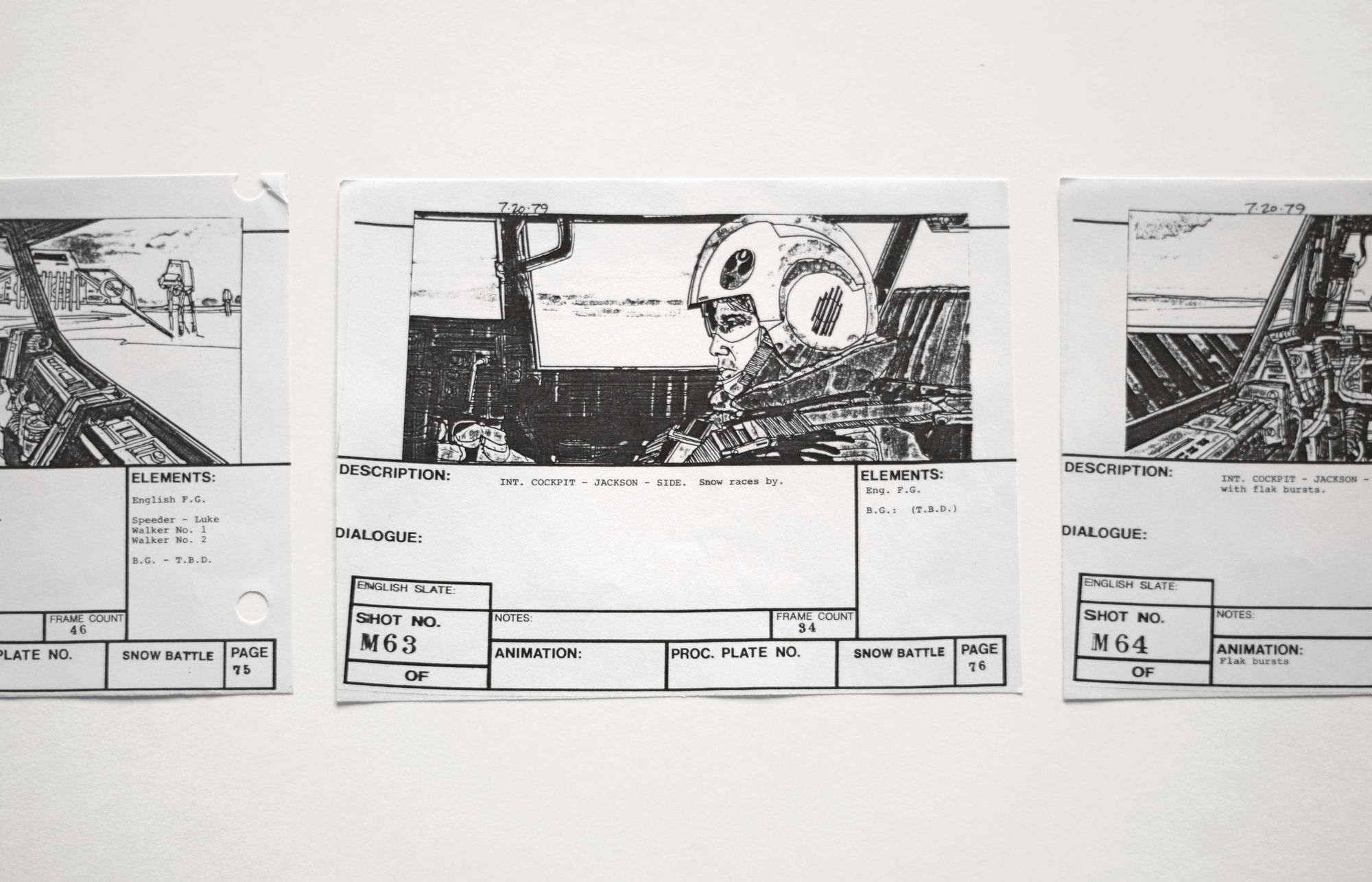
Brainstorm
A DP will be working with a lot of people. Reason being: information technology takes a hamlet to make a movie. In this production phase, the DoP will sit with the Director, screenwriters, production designers, and other departments leaders to begin what the picture should expect and experience similar.
Storyboards
Creating a storyboard is crucial when producing a film. One time you got a thorough idea of the film's visual appeal and tone, the next step is to go through the film's script and create visual representations for every individual shot. The storyboard will assist requite an overview of the movie in its entirety and so the Director and producers can kickoff scheduling and planning the production.
Location, Location, Location
Many movies volition stay inside the comfortable walls of a studio. However, some movies might just explore other areas of the earth. Ever heard of the flick Avengers: Infinity War? Simply one of the highest-grossing flick of the past decade. Here, the producers used locations such every bit Brazil, Scotland and the Philippines. The Banaue Rice Terraces were used as Thano'south resting place at the stop of the story. If y'all watch the movie, look carefully, maybe clasp your eyes real tight, yous'll about spot the rice terraces in the background.
The Director of Photography will accompany the location manager in search of the all-time location for the film. Once found, the DoP will consider its natural lighting (or lack thereof), equipment setup possibilities, and help determine whether it'southward in line with the film's visual atmosphere.
Once you practise observe your location, make sure to use a location release form.
Assemble the needed equipment
The DoP is in accuse of the photographic camera- and lighting crew; however, in that location's non much to be in charge of, without the actual photographic camera equipment. And so, kickoff scouting what blazon of camera equipment will help capture the visual linguistic communication of the movie. That includes cameras, lenses, filters, tripods, gimbals, sound, lighting equipment and much more.
In particular, a expert idea to first considering early in the procedure is the lens selection. There are multiple types of lenses out there, each with a dissimilar feature. Overall, you can cull betwixt either a zoom lens or a prime number lens. Potentially if y'all have a bigger budget, you tin select both.
Ane type of lens that a cinematographer needs to be acquainted with is the unique anamorphic lens – a DoP favourite. Larn more most what an anamorphic lens is and why yous should utilize it. Or if you already know that you desire to use the anamorphic lens, detect which will be the best for your project.
Assemble the dream team
Cinematography is an exceptionally collaborative job. A DoP will demand to gather people he or she has trust in tin can be their right-paw man.
A Directory of Photography duties During Production
While pre-production might seem like a handful, the Director of Photography's real work starts during the production stage. Let's pause downwards what duties the DoP will have during production.
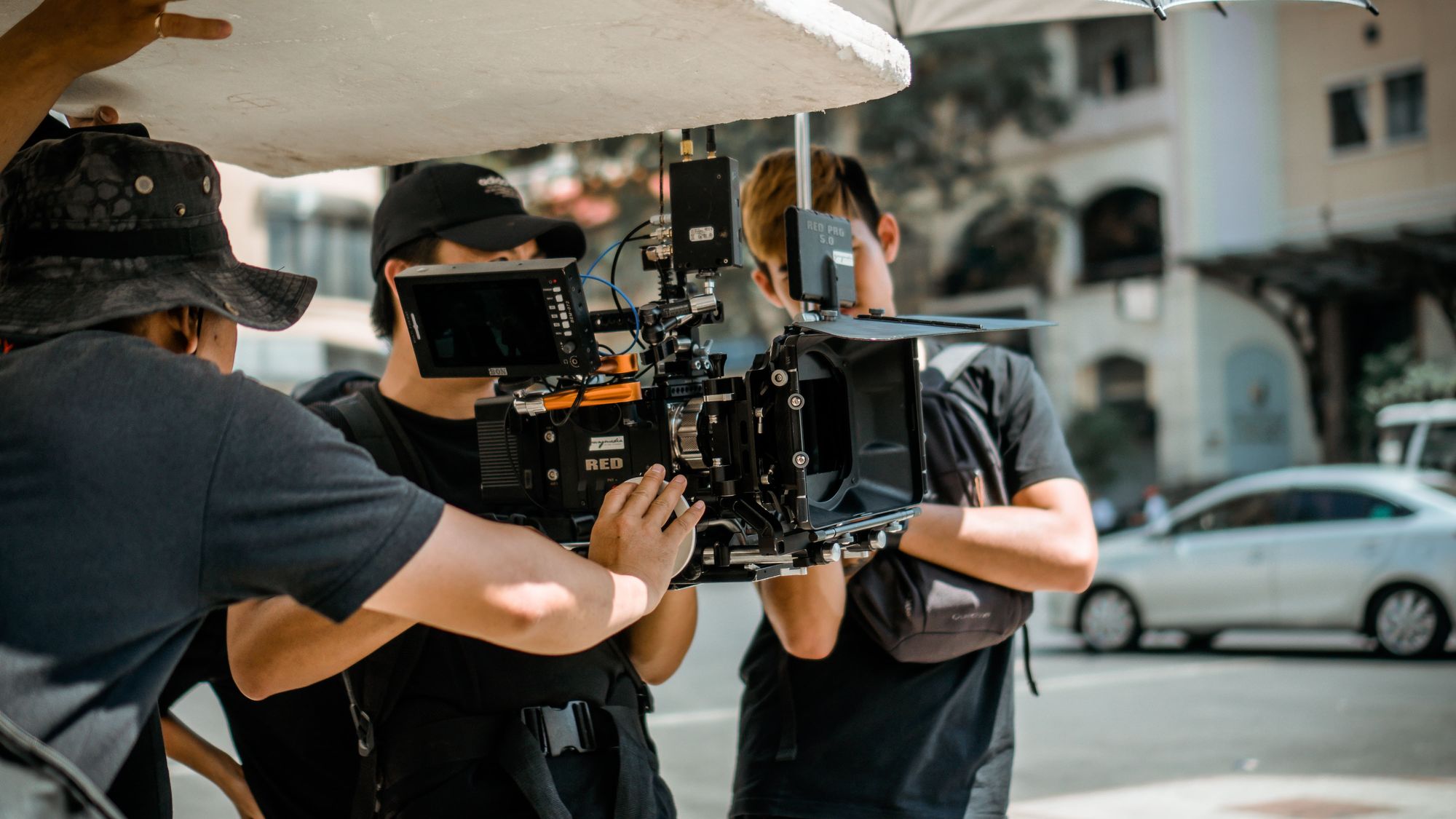
Shoot
Not surprisingly, this is the stage where the DoP shoots the moving picture. It is the responsibility of the DP to directs the camera- and lighting coiffure to pay attending to all of the post-obit areas:
Composition and framing
Should the audience have a full view of the scene, then a master shot is preferred or should the audition get real and close to the subject, so an farthermost close-up shot might do the flim-flam. That's upwards to the Director of Photography.
Exposure
Refers to how much and what type of light that specific shot needs. The lighting setup plays a fundamental part in what the audience sees and experiences. As head of cinematography, you need to know what the all-time type of lighting is. Should you employ soft lighting or more harsh lighting to capture the mood?
Motility
But to make the life of a DoP easier, how you lot choose to move the camera will affect how the audition engages with the scene.
Lenses
I said it before, and I'll say it again; the lens plays a crucial role in the story you're telling. Are you going in for a master shot in the opening shot, so a wide-angle lens might be platonic. Or are you looking to create an extreme shut-up shot, then a telephoto lens might be better for that purpose.
A Directory of Photography duties during Post-Product
Once the DP reaches the post-production stage, a well-deserved intermission is pending just around the corner. There is, however, one crucial task left – the color grading.
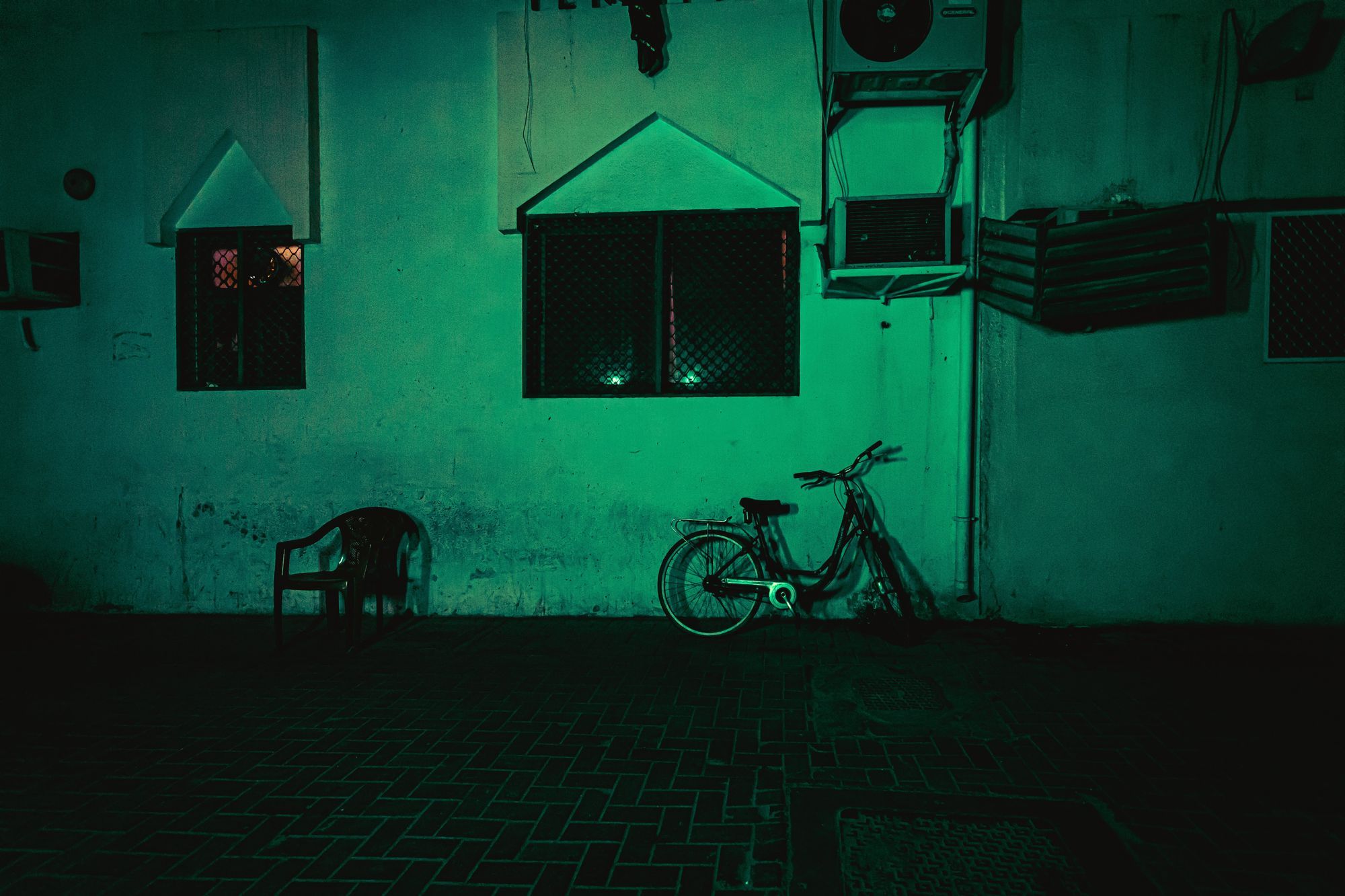
Colour grading
Colour grading tweaks the look and funny enough, color of the motion picture. The cinematographer must advise the colourist on how the colour palette should appear.
Of grade, how involved the DoP volition exist in the postal service-production phase will depend on the size of the projection and the grapheme of the individual DoP. Overall, the Manager of Photography volition support the colourists and editor to farther develop the mise en scene.
What skills does a cinematographer possess?
To exist frank – a lot!
As the cinematographer comes with quite the portfolio of duties, information technology requires a comprehensive portfolio of skills.
The DoP needs to be a visually creative individual who can contain a technical role and manage a whole team of creatives.
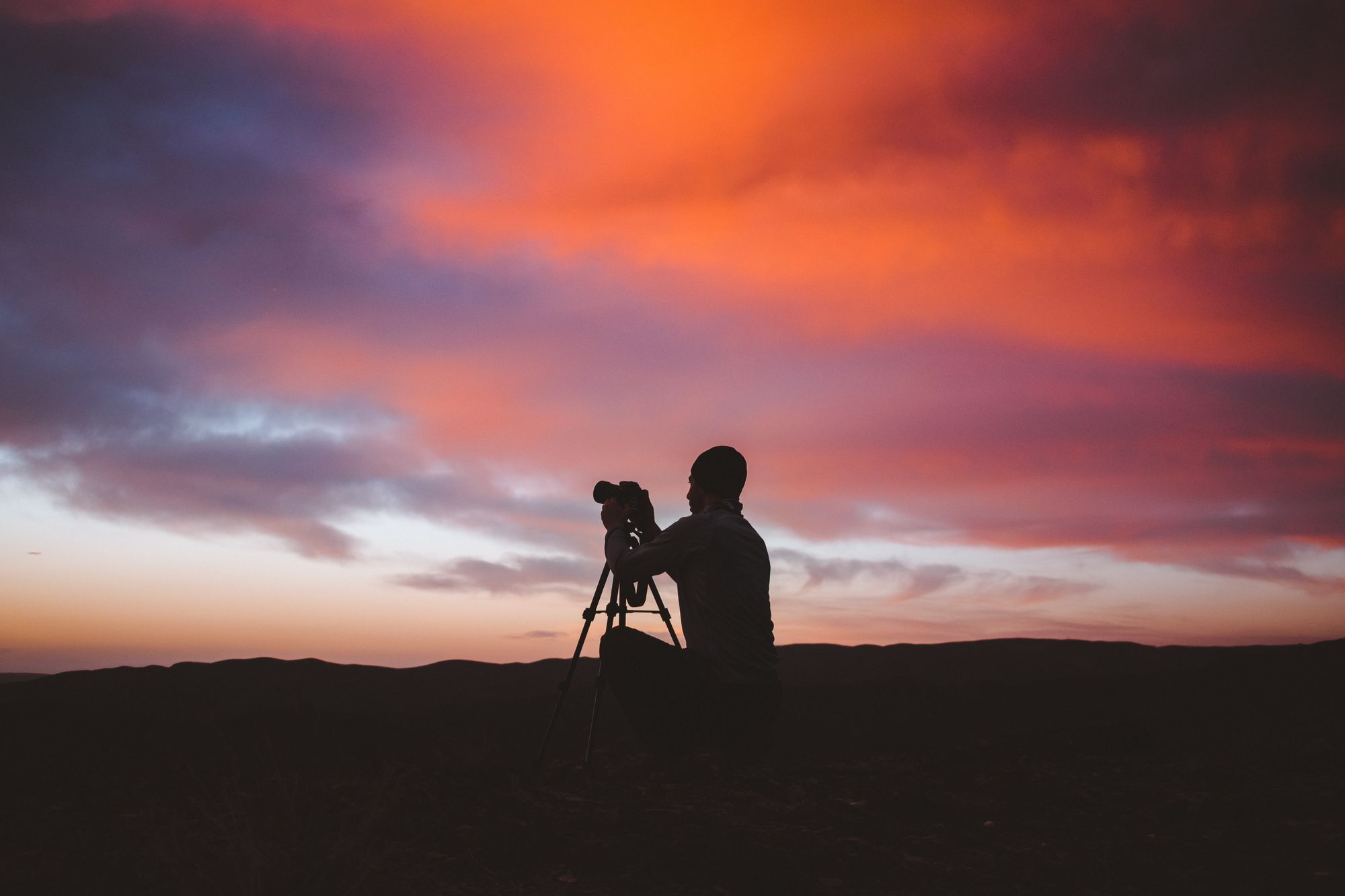
Artistic vision and flair for photography
The DP sets the visual look for the film, so, he or she needs to understand the camera and lighting technique and utilize these techniques in favour of the story.
Technical camera noesis
A DoP also needs to accept an in-depth understanding of all the unlike type of cameras, lenses, lights, etc. This noesis is essential, every bit dissimilar types of equipment tin support the visual story.
Can both give and follow instructions
As a cinematographer, you volition have many people depending on your guidance and instructions. If yous don't requite proper advice during the production phase, it will show in the mail-production stage. While the DoP is on superlative of the concatenation, you lot're not entirely rex of the jungle. You need to listen and accommodate for the Director'southward vision so bring that vision to life.
Must be organized
As the DoP is leading a team of creators, they need to be highly organized, during video production. A cinematographer must be in control at all times (within the human capacities) to capture the scene.
Attention to particular
The DoP will need to have a flair for details, with every attribute of the visual output. Suppose the actors need different makeup or adjusted costumes. In that case, it's the responsibility to phone call for the makeup or costume section to fix any visual problems.
It's hardly a secret that being a DP is not just a walk in the park. Information technology requires a whole lot. You need to learn the essential elements of cinematography to understand the road of becoming a DoP.
How to become a cinematographer
There's no secret passages or magical wardrobe that tin pb you the get a Director of Photography overnight. It's a senior role, and creators don't simply wake up one morning and become a DoP. While some will start as an unpaid camera trainee others will be floor runners or assistant Director.
The critical thing to recollect, it'south a marathon, not a dart. So, take the fourth dimension to perfect the skills yous need to non merely become a decent DP but an excellent one!
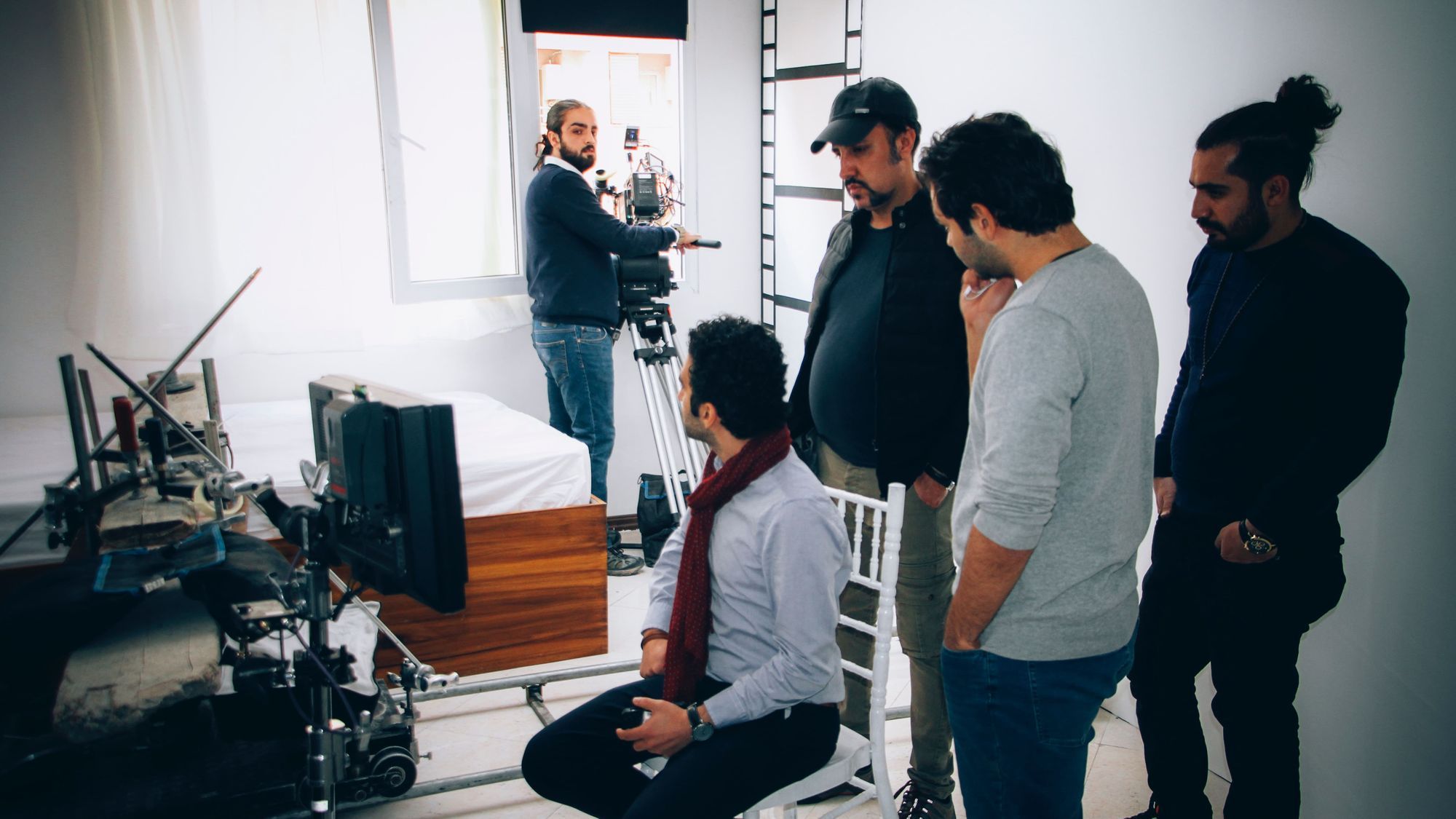
Consider motion picture school
Suppose y'all know that you want to get to picture show school. In that case, consider choosing subjects nearly art and design or graphic advice with maths and physics. In general, attention motion picture school can be a great way to understand better how all the technical aspects work.
Get an apprenticeship
An apprenticeship is the right blend of work and training. So, this is your opportunity to earn while you learn – got to be honest, it's non a bad idea. Still, the chance of making coin whilst learning all the do'south and don'ts, well, let's just say, y'all're not the beginning who thinks that sounds similar a good idea.
Consider taking a job in another sector, for instance, a digital media visitor or art gallery. That way, y'all learn the core skills of photography and makes y'all expect much more than bonny than your fellow aspiring DoP'due south also applying for an apprenticeship.
Build a portfolio & get work experience
Anybody has to start somewhere. Like whatever situation, you accept to learn how to walk before yous tin run. Work your way up the ranks and build your portfolio up. Take assistant jobs, unpaid internships anything that can pave the way to a Director of Photography career. Get as much feel equally you can in photography, both withal and moving images. A portfolio is essential for impressing admissions tutors and people in the filmmaking industry.
Start working for an equipment company
You might not become the touch and feel of all the technical aspects, but it is a fashion to larn more than about the kit and build up contacts. Contact equipment rentals companies, such equally Panavision or ARRI rentals… or, only thinking out loud – Wedio? Ask if you lot can become a kit runner or commuter for them. If you're just starting, everything helps, even only being close to the gear.
Networking all the mode
Not surprisingly, networking. Anyone tin can exist the person to open the door into the world of cinematography. While yous'll exist the one walking through, you need someone to pull the handle in the first identify.
Create a LinkedIn profile. Look for Facebook groups or pages or other social media groups for people making films or videos in your area – and join.
What do you need to go started every bit a cinematographer?
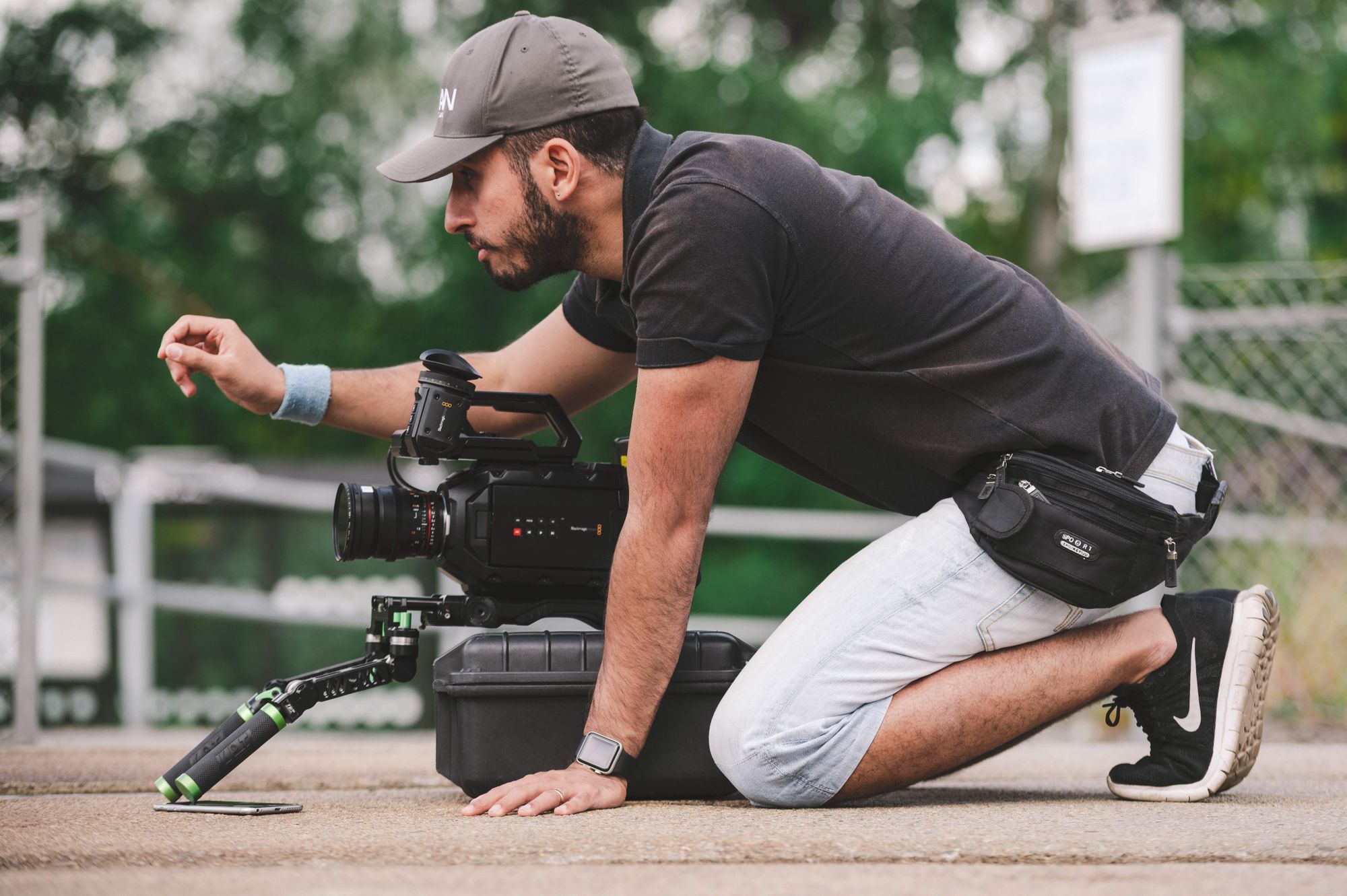
Since there is no one manner to becoming a DP, getting started is really about just that: go started! Choice up your camera, whether that'southward the built-in on your iPhone or the acclaimed Sony PXW-FX9, is not the point. The point is, but shoot, no amount of reading or educational activity tin can do the same for you lot.
Merely who am I to lecture you about that?
Larn what professional person filmmaker Tom Andrews, had to say nearly why and why not moving-picture show schoolhouse is worth trying.
If you accept any DP'southward you find incredibly inspiring or skilled, use them! You know what they say, imitation is the sincerest form of flattery. Engage securely with their fine art, find out what you admire and investigate what is most their work that makes y'all tick.
Who does the Director of Photography work with?
A DoP is working together with almost every single person on fix. In particular, the Director to discuss the visual appearance of the picture. Later on, they offset scouting for equipment and crew that can help reach that.
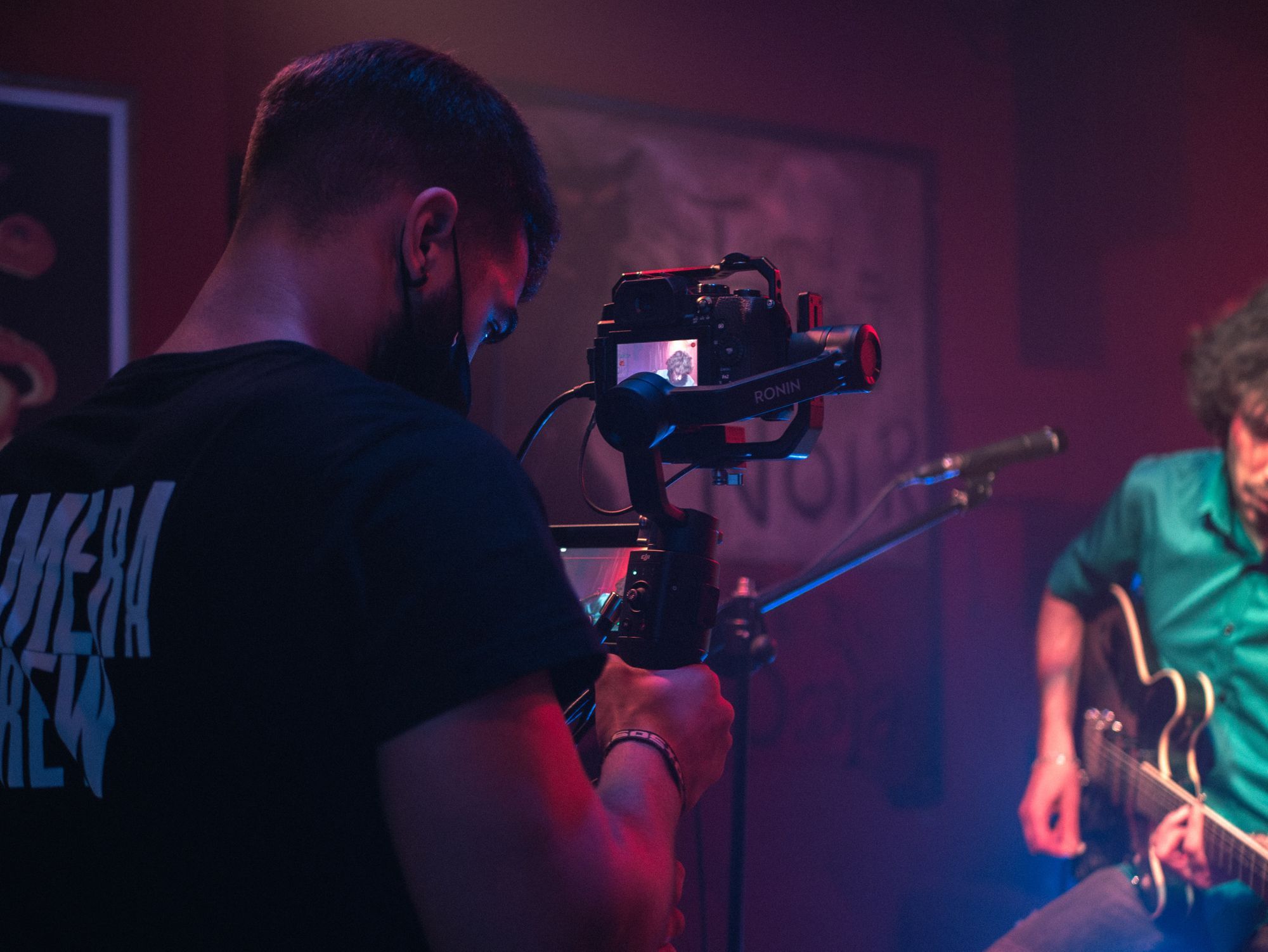
Who should the coiffure consist of? Well, I'm getting to that now:
Camera operator
These brand sure the cameras and rigs are prepare and set up to apply. During filming, they operate the camera and attend the composition – by management from the DoP.
Steadicam operator
The Steadicam system keeps the photographic camera's movements polish regardless of how fast the operator is moving or how bumpy the ride might be. Steadicam operators will set the Steadicam organisation up, balance the camera, and brand sure the shots work. Know, this is not a job for the faint of hearts. It is physically demanding work as the Steadicams are heavy, and the operator undergoes specialist grooming.
Script supervisor
The script supervisor ensures that the lines are in the shot. A line can be the side by side "I'm gonna make him an offering he can't turn down" but if it's non in the image, the line is missed. During shooting script, supervisors will stand by the cameras to make sure that doesn't happen.
Focus puller
Focus pullers make certain all the shots are in focus. They set up cameras, test lenses and calculate distances. They conceptualize focus bug and if and then, informs the Manager of Photography nigh a potential focus issue.
Clapper loader
Clapper loaders prepare and maintain the equipment. They are responsible for record-keeping and the slating of each have. They will work with the script supervisor to ensure notes, camera logs, and other paperwork are organized.
Digital imaging technician (DIT)
DITs are responsible for ensuring the cameras are set with the correct digital settings.
Information wrangler
The information wrangler is responsible for transferring the footage from the camera onto the cards or drives. It's the Data wrangler who will produce log sheets with details of the contents of the files and proceed track of what footage has passed from shoot to post-product.
Video assist operator (VAO)
VAOs bank check that the playback systems work so the Director can see what's shot. Yous know, the part where the Director yells "Cut"? That's from looking at the playback systems.
Camera trainee
Trainees support the camera department in moving equipment and testing cameras.
The gaffer
Oversees the lighting-action. While the DoP creates the overall lighting design, the gaffer is in charge of implementing his or her vision.
The key grip
Volition operate the dolly if a dolly shot is needed, the crane or if other not-electrical equipment is required. Information technology'due south also the key grip who will maintain the camera and lighting equipment. The cinematographer is in accuse of setting and communicating the vision, to the key grip. The key grip will then do any it takes to make the DoP'southward vision a reality.
Of course, crew size will vary depending on film and budget. And so, exist prepared to handle the task of a DP and everything from a camera operator to clapper loader.
Famous cinematographers
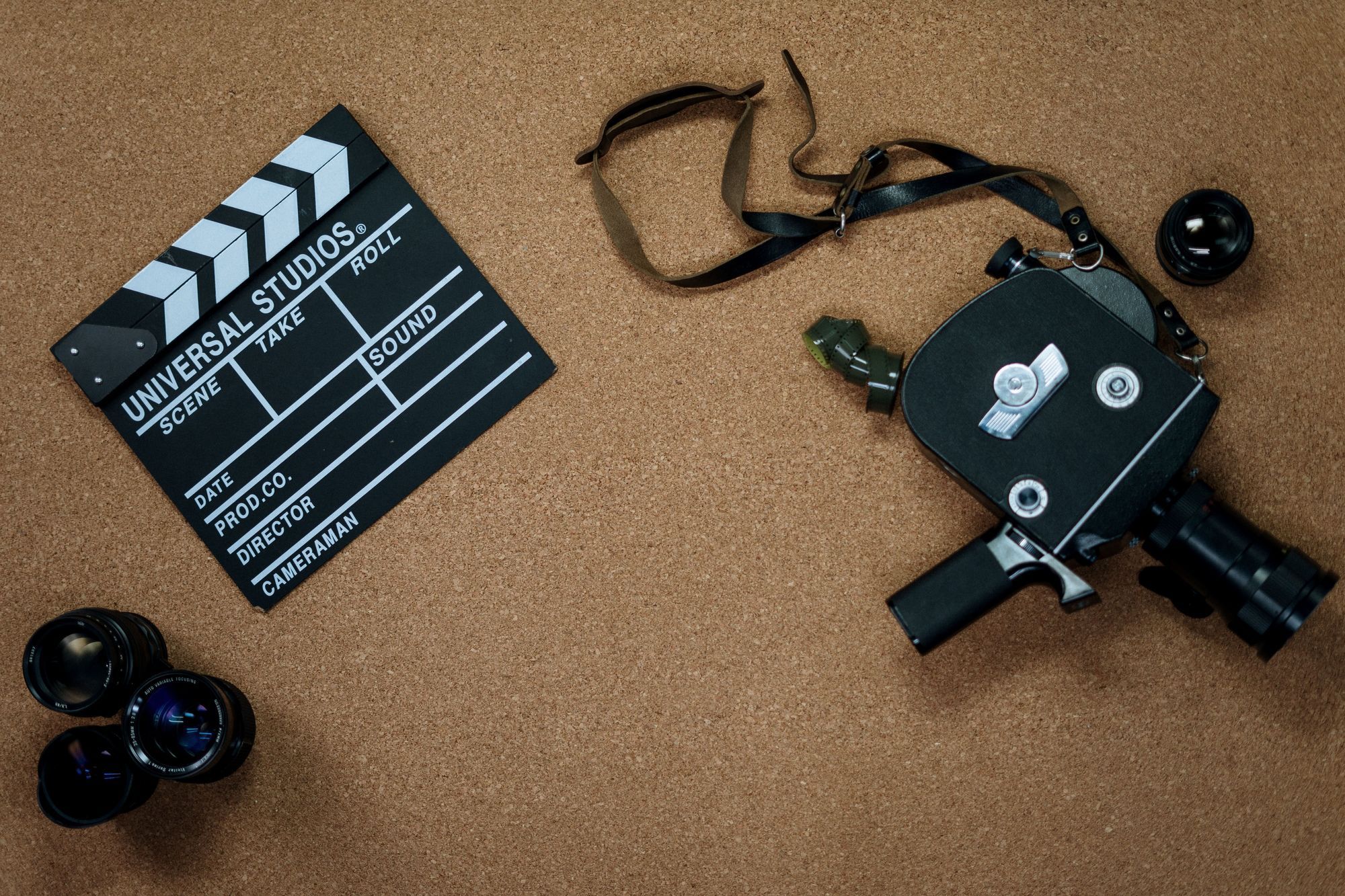
No DP is the same; every cinematographer will have their fingerprint, their signature style. However, that doesn't mean you lot can't accept inspiration from some of the greats. A skillful tell, whether a cinematographer is one of the greats – which directors are he or she typically works with?
DoP's working with directors such every bit, Steven Spielberg and Martin Scorsese, chances are… it'southward not their get-go rodeo. These DoP are bang-up to take inspiration from firstly because their work is easy to find. Secondly, continuously working with some of the concern'southward biggest names, should tell you – these guys did non come to play.
So, we'll be going through some of the best and almost skilled DoP's, right here:
Jack Cardiff (1914 – 2009)
This British DoP was the first to win an Honorary Oscar in the history of the Academy Awards. He'south known for his primordial silent movies and has been described as a "genius, a daydreamer."
He'due south won the Academy Awards for All-time Cinematography all 3 times due to his cute Technicolour piece of work. He'due south worked with Alfred Hitchcock in "Under Capricorn" – Alfred Hitchcock, that'south what I would call a big managing director.
Roger Deakins (1949 – )
Another British DoP – do nosotros accept an invasion on our hands? Roger Deakins is known for his affection for realistic and uncomplicated aesthetics. Information technology is precisely this rather tasteful modesty that has made him one of the virtually appreciated cinematographers.
He started, studying graphic design, but quickly found love in a hopeless identify – photography.
Although he's known for his simple aesthetics, he has directors such as Sam Mendes and Martin Scorsese on speed dial.
He is responsible for some of the most beautiful-looking movies, here among Shawshank Redemption (1994), Fargo (1996) A Beautiful Mind (2001), and Skyfall (2013).
Janusz Kaminski (1959 –)
Kaminski climbed the DoP ladder with the acclaimed pic the Schindler's List (1993), which gave him vii awards, an Oscar included, for All-time Cinematography. The motion picture also marked the beginning of a cute friendship with famous movie director Steven Spielberg.
Together the duo has given us Saving Private Ryan (1998) together with multiple other masterpieces.
Kaminski uses unusual cinematography techniques, such as having old lenses restored to reach a more than foggy and grainy―and therefore realistic―image.
Robert Richardson (1955 – )
Robert Richardson has some great movies on his hit list. Hither among JFK, The Aviator, Shutter Island, Impale Beak, Inglorious Bastard, well, the hitlist goes on. He's won numerous pregnant prizes, such as iii Academy Awards for Best Cinematography.
Even today, he's still enlightening cinematography with new technologies to his productions, as a mode to continually adjust and renew himself. Richardson is an oldie but a goldie – and is worth a await.
Final thoughts
Feel inspired by some of the greats? Well, the best cinematographer'south didn't merely roll out of bed and decided to become one of the best DoP'southward out there. They trained, apposite and studied all the essential cinematography techniques.
Follow their lead – larn all the essential cinematography techniques.
Source: https://academy.wedio.com/director-of-photography/
Posted by: paquettemades1984.blogspot.com

0 Response to "Do Directors Need To Work The Camera"
Post a Comment